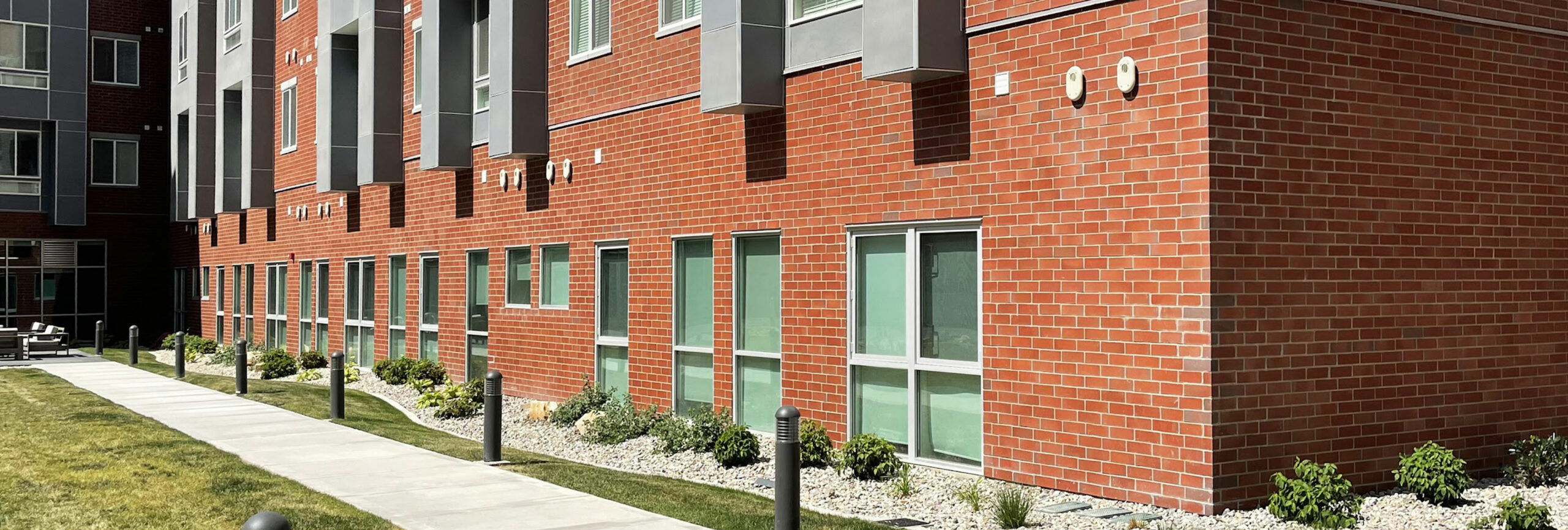
METROBRICK® PRESS ROOM
Read news, hot topic articles and press releases from METROBRICK® and learn more about thin brick from an industry leader.

Read news, hot topic articles and press releases from METROBRICK® and learn more about thin brick from an industry leader.
If you are an architect, builder, or contractor looking for thin bricks for sale, it’s beneficial to familiarize yourself with brands like METROBRICK®, a manufacturer and supplier of top-quality thin bricks for use in exterior wall systems or field applications. In this blog, we’ll look at the advantages of authentic thin brick, and the different thin brick systems in which such bricks can be used.
Thin bricks, sometimes also referred to as “real thin brick,” or “brick veneers” are authentic, solid bricks, but with a narrower profile (are typically 3/8″ to 1″ thick, depending on the manufacturer and the brand) than standard-sized bricks. When brick is to be used for decorative (that is, non-structural) purposes, there is no need to manufacture or purchase a full-sized brick.
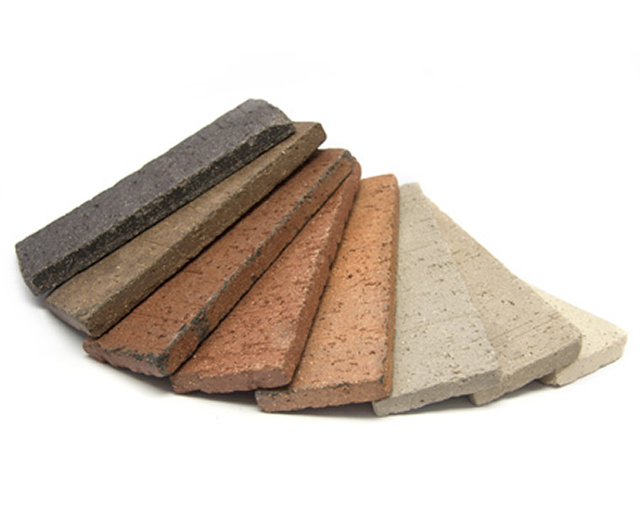
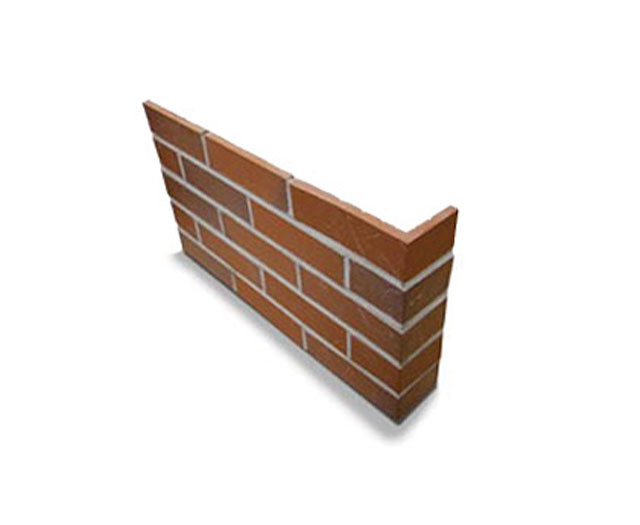
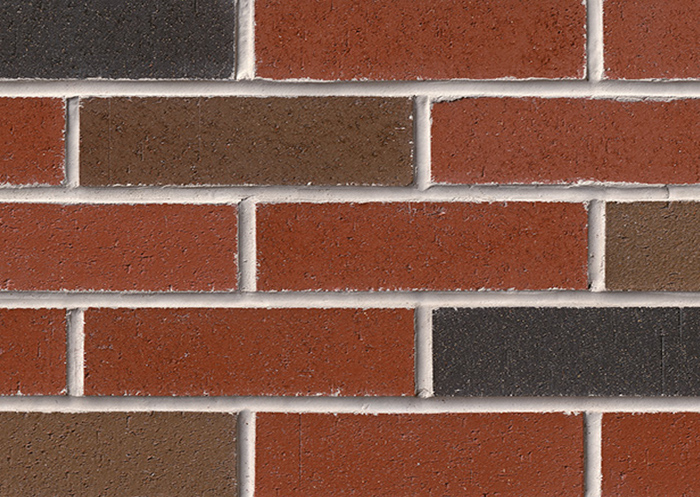

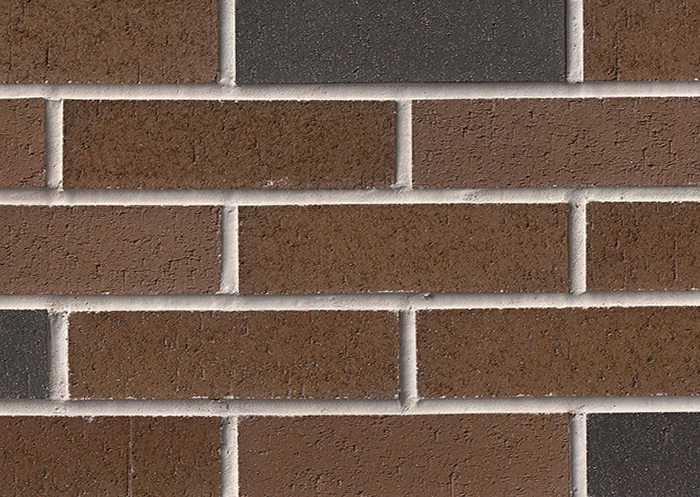
In fact, using a full brick when a real thin brick will suffice is wasteful, requiring extra materials, extra energy in the manufacturing process, more fuel for shipment, and more time and labor costs associated with their installation. For this reason, it’s advantageous to your client to understand your thin brick options and their advantages, and to find a reputable manufacturer and dealer of thin bricks for sale.
Thin brick, or “brick veneer,” is real brick, not to be confused with “faux” brick products. Thin bricks are real bricks that have been cut, either before or after they are fired, into thin veneers. This makes them much lighter than traditional bricks. They can be field-applied for larger projects, placed in large panel systems that are shipped to the construction site and assembled.
Thin brick should not be confused with faux brick. These products can go by many names, but they are essentially a man-made material that is designed to look like brick. They can be made of polyurethane, concrete, or vinyl. Faux brick has the advantage of being less expensive than thin brick, so it is sometimes used as an affordable alternative when real brick products are not in the budget.
The downside is that many of these products do not look like real brick upon close inspection, as the texture of real brick is difficult to replicate and this is also the case for our thin brick. Another disadvantage of faux bricks is that they are not as durable and do not have the longevity of authentic thin brick. They are more susceptible to damage and cannot stand up to the same weather and environmental conditions as real brick.
Those researching thin bricks for sale will find there are several installation methods that can be used. An advantage of METROBRICK® is that they can be installed with a variety of methods.
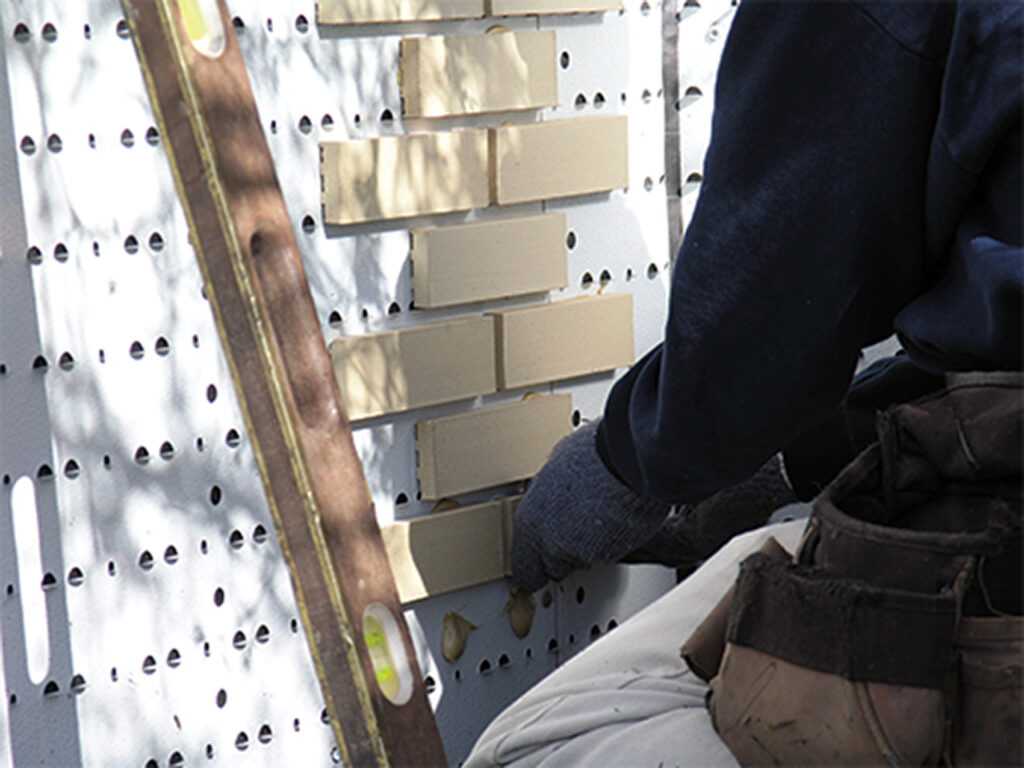
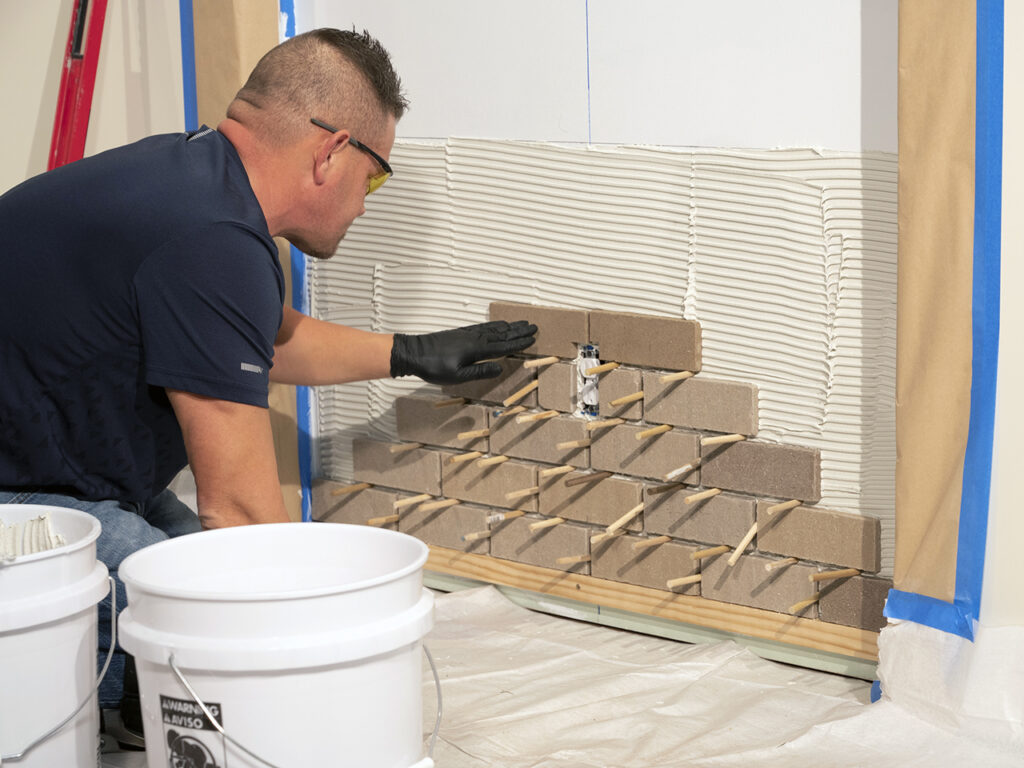
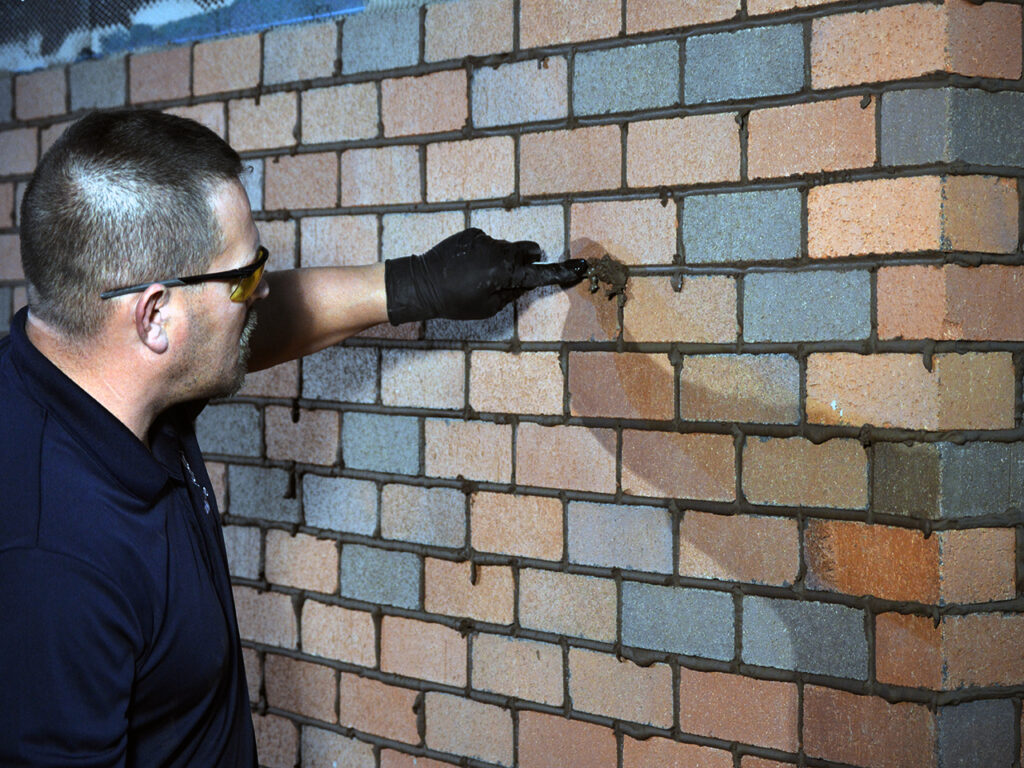
The exterior wall system of a building plays a critical role in its life cycle cost and overall performance. When a brick appearance is desired, a thin brick wall system can offer a balance of performance, sustainability, and cost.
METROBRICK® manufactures its TBX Grade Architectural Thin Brick to be used with the following systems: Precast Concrete Panels, Tilt-up Concrete Panels, Prefabricated Metal Panels, Field-Applied Systems/ Applications and Cast in Place Concrete Elements.
The precast construction industry uses natural, kiln-fired thin brick to offer architects and builders the timeless look of brick with less material, labor, or time expense. Unlike a full brick facade, precast projects with thin brick offer the advantages of faster construction times, less site disturbance, and more energy savings.
In precast construction, brick walls begin with the construction of a form. A form liner is then added as a guide or template for the brick, keeping it in place and protecting their face while the concrete is poured, thin bricks are placed on the liner front side down, and concrete is poured into the form. Once cured, the form is stood upright and the liner is removed before the wall is shipped.
All METROBRICK® products meet the standards required for tilt-up construction. Architects know the advantages of tilt-up construction, including cost savings and expedited construction. METROBRICK® is a TBX Grade Architectural Thin Brick to ensure a snug fit in form liners, and so they are a perfect choice for these projects. Our thin bricks are also available with a waxed surface to protect the brick during the tilt-up installation process.
Field application of thin brick is an excellent way to achieve a brick facade. Installed this way, the thin brick requires no foundational support and goes up easily on nearly any surface with no mason or skilled tradesperson required. The field-applied mortar/thin-set method is the same method used to install ceramic tile and stone veneer. It is important to consult the Tile Council of North America’s Handbook for Ceramic Tile Installation, ANSI standards, local building codes and the mortar manufacturer’s usage recommendations.
Field-applied wall systems allow an experienced construction crew to install and grout a thin brick wall installation quickly and efficiently. These systems work by mechanically attaching a panel to the wall and attaching the thin brick with a strong adhesive.
METROBRICK® Thin Bricks are carefully manufactured to precise specifications so that they may be field-applied or used in precast construction or tilt-up panel systems. From large commercial construction to small residential projects, architects and professionals in the construction industry choose METROBRICK®. Our 150 years of experience in brickmaking and uncompromising standards make METROBRICK® the trusted, go-to thin brick.